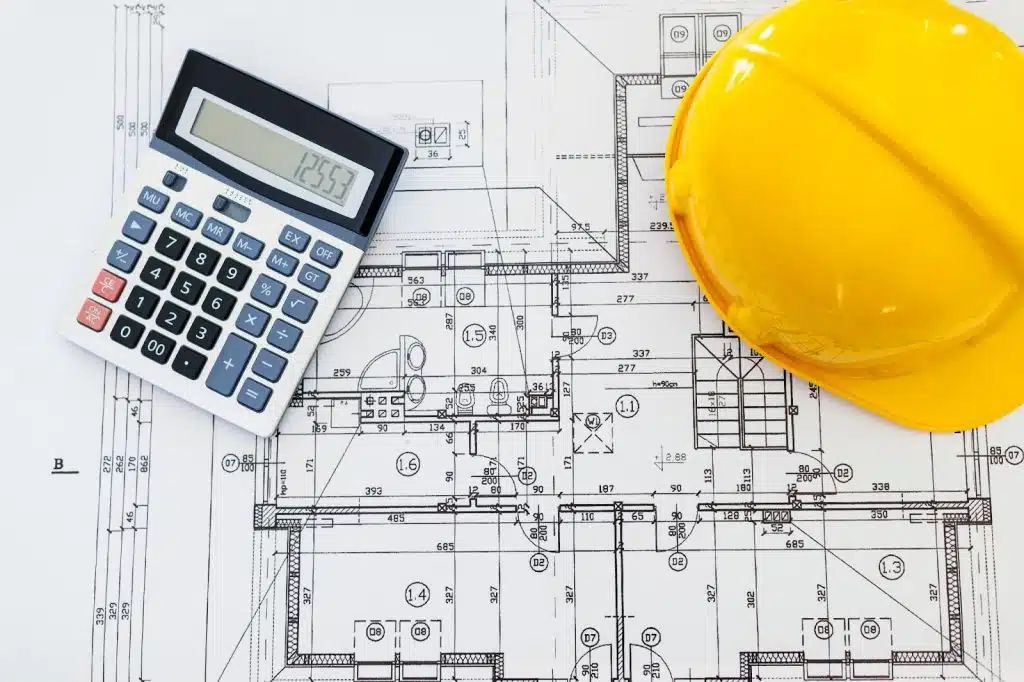
How Architecture Differs by Region: Key Trends and Insights
Why Should You Care About How Architecture Differs by Region?
Let's face it—our homes are often just dreams wrapped in drywall, but what if those dreams took a regional detour before arriving at your doorstep? Understanding how architecture differs by region isn’t just a matter of fancy design talk; it’s a journey into cultural identity, historical evolution, and environmental adaptation. Believe it or not, your house isn’t just a box of bricks—it's a testament to regional ingenuity, local resources, and sometimes, downright weird traditions. So buckle up—because your home might be more regional than a passport stamped at every border.
What Are the Key Factors That Influence Regional Architecture?
Profiles and budgets aside, regional architecture is shaped by a combination of:
- Climate and Environment: Think of Homes in Florida—designed for hurricanes and humid summers—versus the insulated cabins in snowy Vermont.
- Cultural Heritage: From the intricate woodwork of Scandinavian designs to the minimalist Zen aesthetic of Japan—culture leaves its mark.
- Available Materials: Do you see loads of brick in England or adobe in the American Southwest? Materials dictate style much more than you'd expect.
- Historical Influences: Colonial pasts, indigenous traditions, and modern movements all sculpt regional styles.
For example, exploring architecture studios hiring in Montclair, New Jersey, reveals how local firms adapt to their surroundings—blending tradition with innovation.
How Does Regional Climate Shape Unique Building Styles?
Climate is the ultimate puppeteer in the regional architecture puppet show. Coastal regions with salty air and strong storms favor sturdy, wind-resistant structures. Meanwhile, desert dwellings often feature thick walls and small windows to beat the heat. For instance, consider the traditional Pueblo architectures with their thick adobe walls (which are remarkably eco-friendly) compared to the airy, open verandas of Southern California homes designed for cooling breezes. Climate not only affects the exterior but influences interior layouts, insulation choices, and even roofing materials.
Looking for eco-friendly options? Explore eco-friendly architects in Stamford, Connecticut, who leverage regional climate profiles to create sustainable homes that blend seamlessly with their environment.
In What Ways Does Cultural Heritage Make Houses Truly One-of-a-Kind?
Think of the intricate wooden totems of Indigenous North American homes or the ornate tile work on Spanish colonial houses. Cultural heritage not only defines aesthetics but also dictates construction methods and functional designs. For example, the distinct gingerbread trim on Maine homes or the steep roofs of Alpine chalets. These features tell stories of the region’s history, climate, and societal priorities. Your house might be a silent tribute to centuries of local craftsmanship, making it more unique than your passport could ever capture.
Why Do Local Materials Impact House Design and Sustainability?
Materials matter—literally and figuratively. Regions with plentiful timber, like the Pacific Northwest, build with wood, creating cozy mountain cabins and sprawling forest homes. Conversely, limestone and clay dominate in areas like Italy and Mexico, enabling stunning, resilient structures. Using locally sourced materials reduces carbon footprint and supports regional economies—plus, it gives your house an authentic look that hard to replicate with imported supplies.
If you’re interested in California’s innovative use of sustainable materials, check out architect types who specialize in eco-conscious designs.
Can Regional Architectural Styles Be Considered Cultural Signatures?
Absolutely! In New Orleans, you’ll find French Creole cottages with damp-proof courtyards, while Scandinavian houses showcase clean, minimalist lines with functional details. These styles are symbols, badges of regional identities that go beyond aesthetics—they're expressions of local values, climate adaptation, and historical narrative.
And if you're contemplating a project in Passaic, New Jersey, you might explore the architects specializing in Passaic to bring regional flavor into your custom home design.
How Can Understanding How Architecture Differs by Region Help You Make Better Design Choices?
Yes! When selecting an architect or designing your residence, knowing the regional style guides your choices clearly—balancing uniqueness with harmony. It ensures your house isn’t just a random box but a respectful nod to its surroundings. Plus, regional compliance often flows from understanding these styles, saving you headaches (and possibly money). Ultimately, a design that respects local architectural nuances blends beauty with practicality, making your home stand out for all the right reasons.
What Are the Top Tips for Incorporating Regional Architecture Ideas into Your Home?
- Research local styles and materials—don't just copy, but adapt.
- Hire architects familiar with regional nuances—better yet, consult experienced Ridgewood architects.
- Utilize region-specific design elements—like porch architectures or roofing styles—that resonate with your locale.
- Incorporate sustainable, regionally sourced materials to boost eco-friendliness and authenticity.
- Balance regional authenticity with personal flair, ensuring your house is both a regional homage and your personal sanctuary.
Is Your House More Unique Than Your Passport?
Let’s be honest—while a passport is a collection of stamps, your house tells a story more rich and nuanced. It encapsulates climate, culture, history, and local ingenuity—all in one frame. So next time you gaze upon your dwelling, remember it’s probably more regional than a passport and definitely more interesting than a stamp.
FAQ: Everything You Wanted to Know About How Architecture Differs by Region
Because regional climates, available materials, and cultural influences shape the design—creating visually distinct and functional dwellings that suit their environment.
Absolutely! Combining styles, known as eclectic architecture, can create a truly unique home—but it’s best to consult with experts to ensure harmony and practicality.
Start with local architecture firms and online style guides. You can also explore Montclair's architecture studios or regional history books for deeper insights.
In Closing: Unlocking the Secrets of Regional Architecture
Your house is more than just a place to live—it's a narrative told through structure, style, and substance shaped by its environment and history. As you've learned, how architecture differs by region is not just trivia for architecture nerds but crucial insight for anyone interested in building or remodeling. So next time you look at your home or dream about a new one, think regional—because the secrets it holds might be more surprising than the passport in your pocket.














